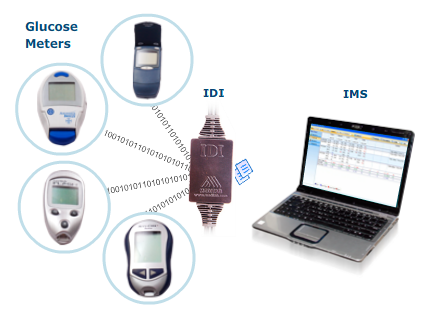Are you a sleep medicine clinician interesting in learning about new strategies to use in your practice? Join us from February 20-22 at the American Academy of Sleep Medicine’s (AASM) Sleep Medicine Trends 2015 conference in Scottsdale, Arizona.
Attendees at the 2015 meeting will have the opportunity explore innovations in patient care management, learn about new clinical research, and attend exclusive sessions on strategies for improving business practices. There will also be an exhibit hall with leading sleep medicine vendors.
1st Providers Choice will be exhibiting its 2014 Edition certified Sleep Medicine EHR software at the conference. We’re eager to meet with healthcare professionals to talk about the benefits of electronic charting and the features that our software provides sleep medicine practices for improving care, increasing productivity and reducing office expenses.
Some of our popular EHR software features include:
- ICD-10 ready practice management software
- EHR-integrated patient portal
- Medical dictation software
Sleep Medicine Software for Sleep Studies
1st Providers Choice’s Sleep Medicine EHR software is designed for today’s sleep medicine practice, with built-in sleep studies, templates, care plans and more. It has advanced scheduling capabilities, allowing schedules to be managed by bed and/or room, a convenient feature for organizations that regularly perform sleep studies. The software also allows providers to easily view and manage patient data before, during and after a sleep study.

To learn more about the conference, click here. You can also contact us by calling 480-782-1116.



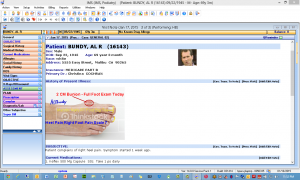
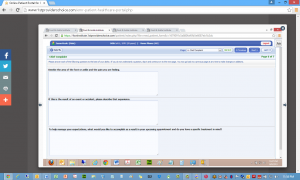
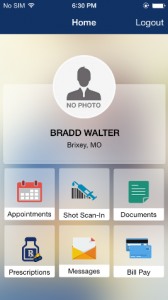
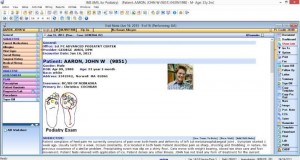
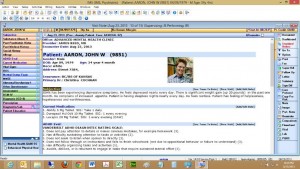
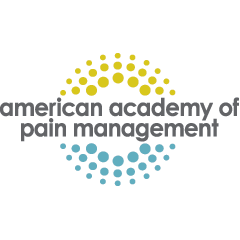 The American Academy of Pain Management, also known as the Academy, will be hosting its Annual Clinical Meeting this year from September 18-21 in Phoenix, Arizona. The meeting will play host to a number of healthcare professionals and software vendors, including 1st Provider’s Choice, which will be showcasing its leading
The American Academy of Pain Management, also known as the Academy, will be hosting its Annual Clinical Meeting this year from September 18-21 in Phoenix, Arizona. The meeting will play host to a number of healthcare professionals and software vendors, including 1st Provider’s Choice, which will be showcasing its leading 
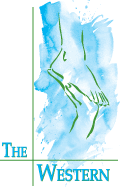 The
The  Leading endocrinology and
Leading endocrinology and 